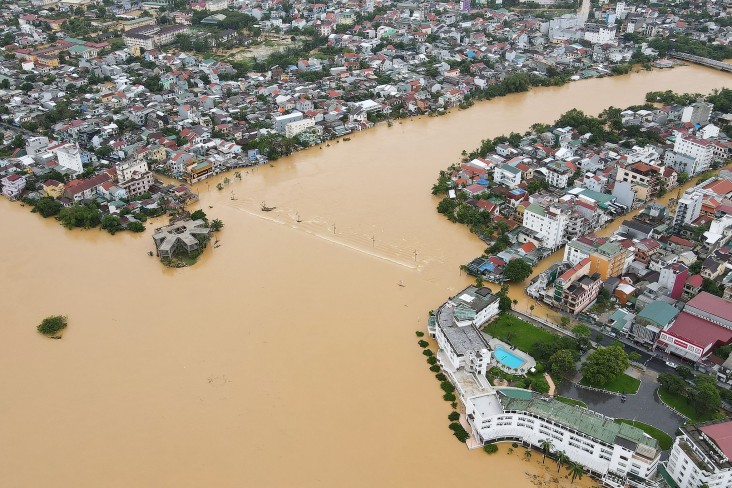- What We Do
- Agriculture and Food Security
- Democracy, Human Rights and Governance
- Economic Growth and Trade
- Education
- Environment and Global Climate Change
- Gender Equality and Women's Empowerment
- Global Health
- Humanitarian Assistance
- Transformation at USAID
- Water and Sanitation
- Working in Crises and Conflict
- U.S. Global Development Lab
Speeches Shim

Latest Vietnam Fact Sheet
Key Developments
Torrential rains in October 2020 elevated river levels and resulted in flooding and landslides in central Vietnam. The arrival of Tropical Storm Linfa on October 11 brought additional heavy rainfall and, as of October 15, severe flooding had resulted in at least 40 deaths and adversely affected nearly 681,600 people, according to the Government of Vietnam (GVN). The floods caused widespread damage to crops, houses, infrastructure, livestock, and electricity and telecommunications networks. In response, GVN declared a state of emergency in seven central provinces and coordinated with the Vietnam Red Cross Society (VNRC) to evacuate households, deploy search and rescue teams and distribute relief commodities to flood-affected populations. In addition, Tropical Storm Nangka—the seventh tropical storm to hit Vietnam in 2020—made landfall on October 14, bringing an additional 6 inches of rain to central regions.
On October 15, U.S. Ambassador Daniel J. Kritenbrink declared a disaster due to the effects of the floods in Vietnam. In response, USAID’s Bureau for Humanitarian Assistance (USAID/BHA) provided $100,000 through USAID/Vietnam to the VNRC to provide multipurpose cash assistance to the most affected households for the purchase of relief supplies.
Background
Vietnam’s long coastline and densely populated, low-lying river deltas make the nation particularly vulnerable to flooding and typhoons. During periods of drought, saltwater intrusion—when depleted freshwater aquifers absorb saltwater—can limit access to safe drinking water and adversely impact crop production in coastal areas. When disaster strikes Vietnam, USAID/BHA works with non-governmental organizations, international organizations, and the UN to meet humanitarian needs and complement government relief efforts. In addition to disaster response, USAID/BHA supports a number of activities to mitigate disaster risk in Vietnam and help government authorities, emergency responders, and communities prepare for and respond to natural disasters.

Comment
Make a general inquiry or suggest an improvement.